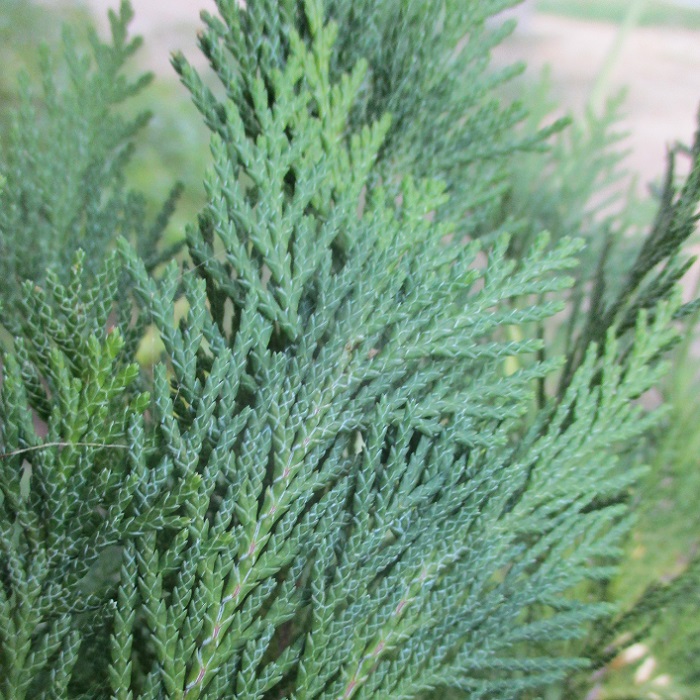UNITED STATES—Weather has no thermostat. There is no automation. It is naturally variable. Weather is constantly changing like, well . . . the weather. We take what we get when we get it. It is impossible to predict how this summer will end. Others in the Northern Hemisphere are already getting ready for autumn. It is likely to arrive a bit later here than elsewhere. That is the nature of the Mediterranean climate.
Summers here are naturally long, dry, and somewhat warm. Rain is rare between spring and autumn. Almost all of the rain happens during the naturally mild winters. Springs and autumns both are naturally quite brief. Such weather may seem to be boring, but is excellent for gardening. It is why the summer growing season is so long. Unfortunately, it is also why the fire season lasts too long.
Indian summer is something of a misnomer here. This is not India. Nor is it Indiana. Besides, Indian summer in other regions of North America describes an unusual weather pattern, not the usual. It is unseasonably warm and dry weather after a first frost of autumn. Alternatively, it is unseasonably early warm and dry weather in spring. Locally, it is merely typical summery weather of autumn.
This climate is excellent for those who enjoy gardening.
This weather pattern and climate were assets for agricultural commodities that grew here a long time ago. They are still assets for those who now live here, especially those who enjoy gardening. However, such weather necessitates certain accommodations. Irrigation for actively growing plants is important later into autumn than it is in other climates. Autumn planting happens later as well.
Nights continue to get longer and cooler though. It is not so obvious because gardening happens during the day. Warm season vegetables notice the difference, and slowly decelerate production. Some deciduous plants may slowly begin to discolor. Roses continue to bloom as they slowly begin to shed lower foliage. Eventually, they will get their last applications of fertilizer until next spring.
Warm season annuals may start to to look tired as fresher cool season annuals move in.
Highlight: Bird Nest Cypress
Port Orford cedar is a grand tree. It is native to the southern coast of Oregon and the very northwestern corner of California. Mature trees in the wild are more than a 150 feet tall. Some of the older big trees within landscapes are more than 40 feet tall. However, the cultivar known as bird nest cypress, Chamaecyparis lawsoniana ‘Nidiformis’ is remarkably diminutive and shrubby.
Bird nest cypress grows slowly, and may never get more than five feet high and wide. Individual plants are mounding with rather flat tops. A row of plants eventually becomes a low informal hedge. Distinctively flat sprays of slightly grayish evergreen foliage exhibit a soft feathery texture. Unless pruned otherwise, abundant dense foliage obscures main limbs with fissured reddish brown bark.
Most cultivars of Port Orford Cedar, including bird nest cypress, are uncommon here. They actually prefer cooler and moister climates. Locally, they are sensitive to harsh exposure and wind while the weather is warm. A bit of partial shade is no problem. Established plants do not need much water, but should not get too dry for too long. Selective pruning, not shearing, sustains natural form.
Horticulturist Tony Tomeo can be contacted at tonytomeo.com.






